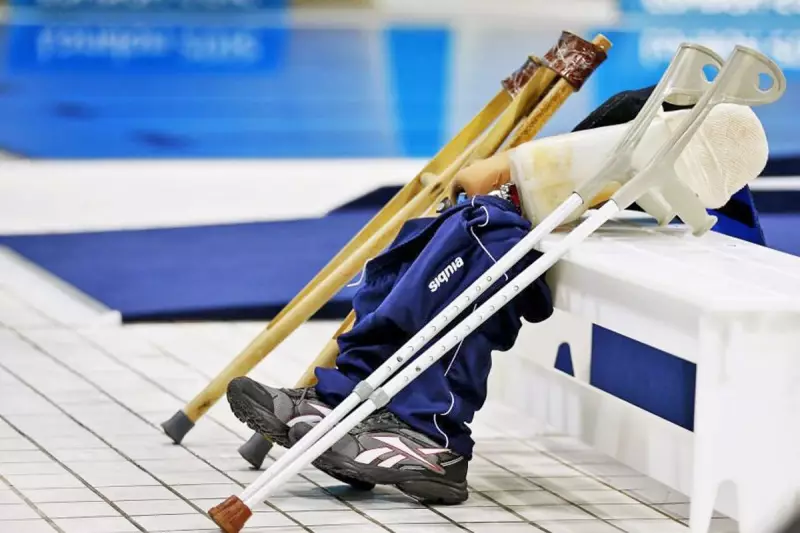
Amputees across Britain are experiencing life-changing transformations through revolutionary microprocessor-controlled prosthetic legs, yet many face agonising waits due to NHS funding shortages and growing waiting lists.
The Technology Changing Lives
These advanced bionic limbs use sophisticated sensors and artificial intelligence to automatically adjust to different terrains and walking speeds. Unlike traditional prosthetics, they provide natural movement, significantly reducing the physical strain on users and preventing long-term joint damage.
NHS Postcode Lottery
Despite their transformative potential, access to this cutting-edge technology remains inconsistent across different health trusts. Some patients wait years for assessment and fitting, while others are denied the technology altogether due to restrictive funding criteria.
Patient Stories of Hope and Struggle
Individuals like those featured in the original report describe the profound impact these prosthetics have on daily life – from climbing stairs confidently to simply keeping pace with family during walks. Yet their stories are tempered by frustration at the bureaucratic hurdles and lengthy delays in accessing what many consider essential medical equipment.
The Growing Waiting List Crisis
With NHS limb services experiencing unprecedented demand, waiting times have stretched to critical levels. Specialists warn that delays in providing appropriate prosthetics can lead to secondary health complications, increased pain, and mental health challenges for amputees.
Call for Systemic Change
Healthcare professionals and patient advocacy groups are urging the Department of Health to address the funding gap and standardise access criteria across all NHS trusts. They argue that investing in advanced prosthetic technology ultimately reduces long-term healthcare costs by preventing complications and enabling amputees to remain active and employed.
The situation highlights the difficult balance the NHS must strike between embracing technological innovation and managing constrained budgets, with human lives hanging in the balance.





